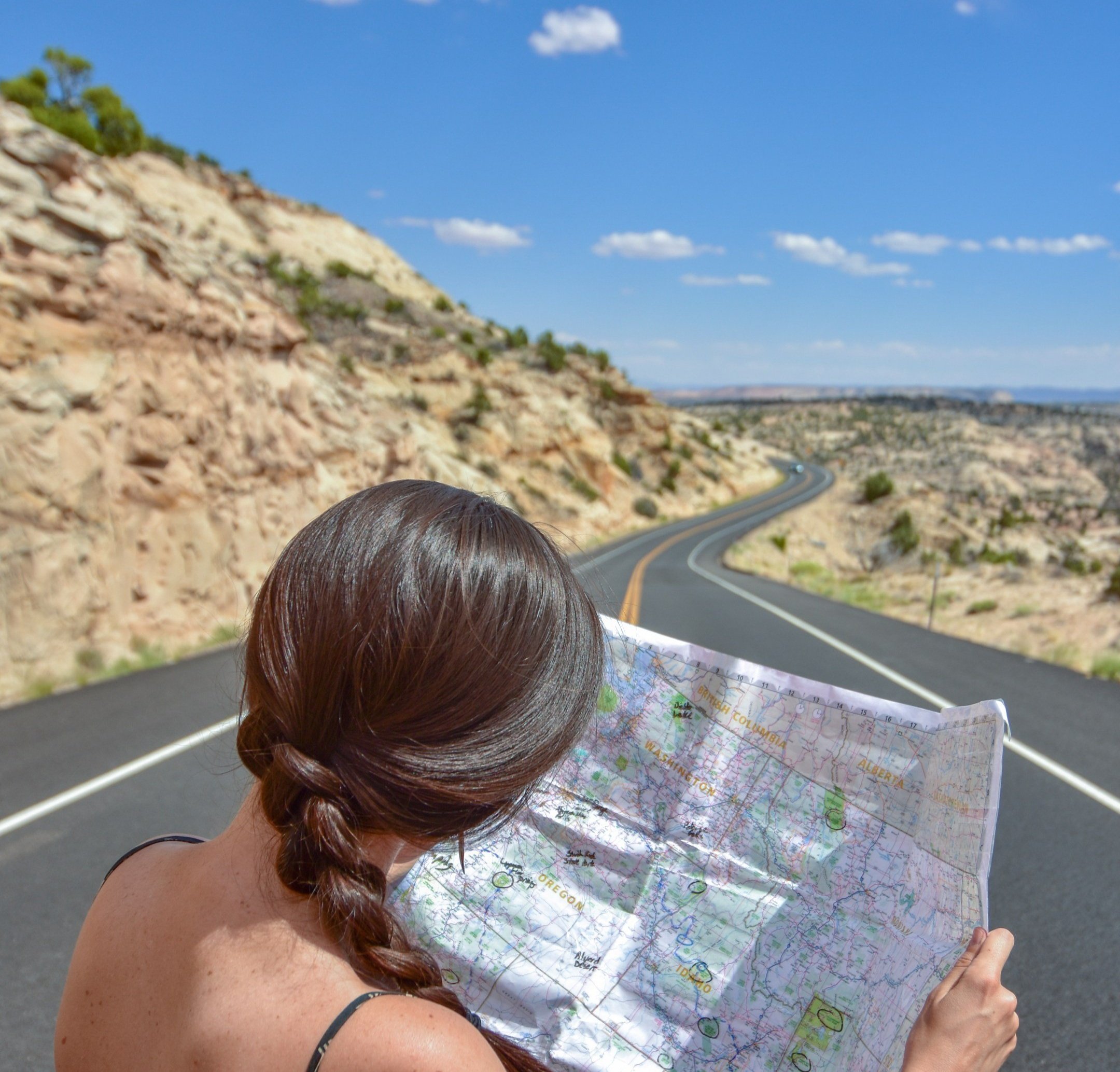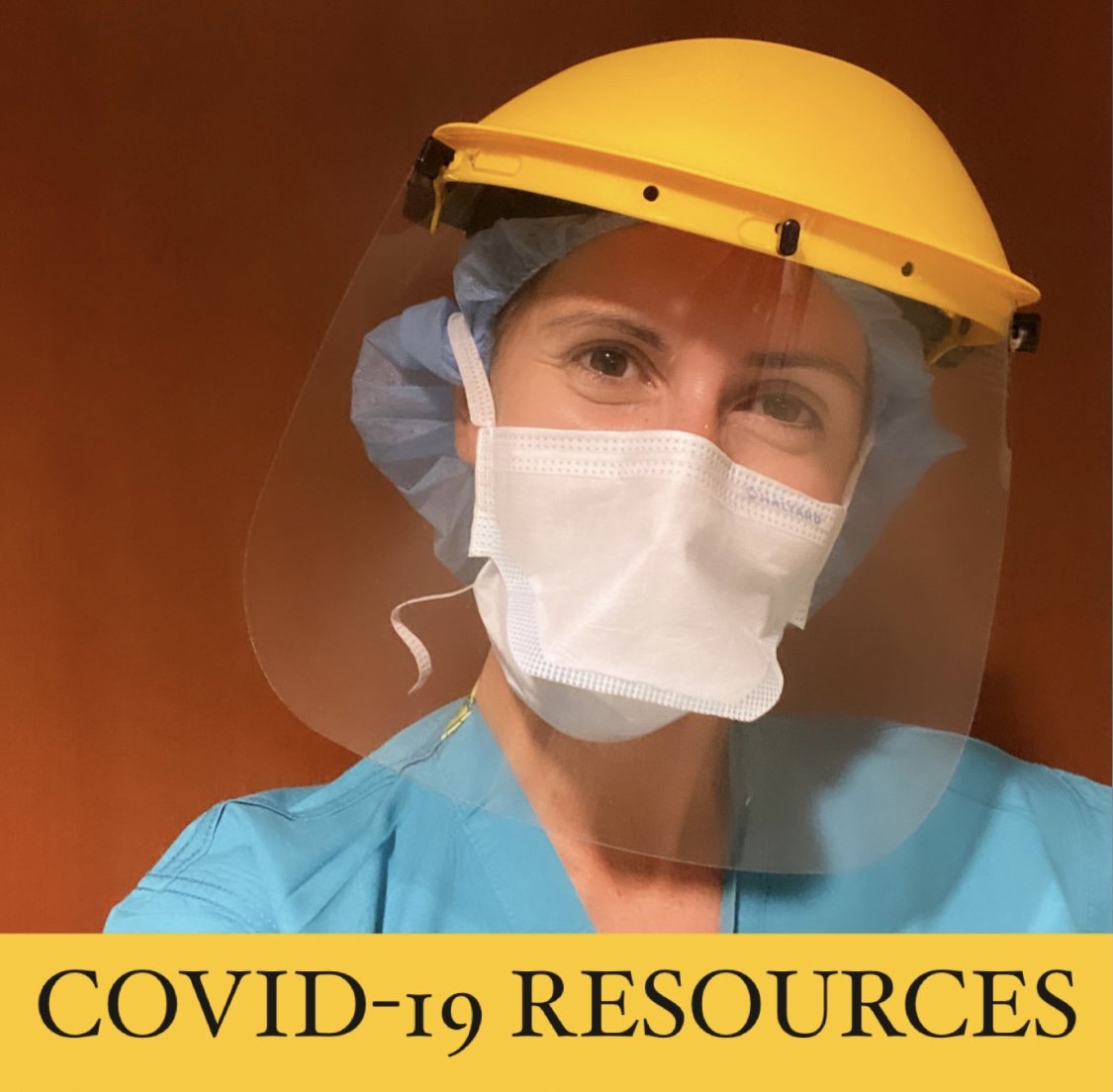What’s Inside a Nurse’s Travel First Aid Kit?
As a nurse who loves to travel off the beaten path, I always try to be as prepared as possible to keep myself and my crew healthy. I can’t count how many times I’ve saved the day with my trusty little travel first aid kit. Certainly there’s no way to pack for every issue you might encounter, but a few essentials will get you a long way.
No matter where I am in the world, here’s what you’ll find packed inside my trusty emergency kit:
Masks. COVID-19 isn’t going anywhere and neither are any of the other respiratory viruses that could ruin your trip. I get my masks from ProjectN95 so I know they’re vetted and not counterfeit. I wear my most protective mask (an N95 with head straps) when I’m in a high-risk setting like a plane (I wear a fresh N95 for each flight). I also bring several earloop Kn95s for less risky settings.
COVID tests. Whether it’s required or not, testing before you travel is responsible thing to do. Unpack them from their boxes and they hardly take up any space at all. Check with your insurance, state public health website, and covid.gov to find free tests.
Nail clippers and tweezers. Just a few weeks ago I pulled a pretty nasty thorn out of my foot in Australia with my handy tweezers! If I’m checking a bag (which is rare), I’ll bring a small pair of scissors as well, but these won’t make it through security if they’re found in your carry-on.
An oral thermometer. If someone’s feeling ill, checking their temperature is a good way to know if you need to visit a healthcare facility. A temp of 100.4°F (38° C) or more is officially a fever, and it’s time to seek care. (When I worked at an Ebola clinic in West Africa, a fever would have been the first sign that I was in big trouble, so I never went anywhere without it!)
If there is a hole in this net, every mosquito within a mile will find me. Patch those holes with surgical tape!
Surgical tape is useful for a hundred different reasons, from making bandages to closing up a hole in your mosquito netting.
Bandages, moleskin, and butterfly closures. Just a few of each, so you can patch up any cuts, scrapes, or blisters that might be threatening your day of sightseeing.
Gauze. A few individually wrapped sterile squares will help you clean and dress any wounds that are too much for a band-aid, while you’re on your way to have a medical professional take a look.
Your daily medications. Make sure to bring whatever meds you take at home. Traveling is not the time to see what happens if you stop taking your prescriptions! I pack mine in a one-week pill container so I can keep track of my schedule. If you have a serious allergy to anything, make sure your EpiPen is with you as well.
If you’re going to eat anything from this Kenyan Questionable Meat Truck, as we liked to call it, you’d better have your cipro handy.
Over-the-counter meds. Don’t pack the whole pharmacy! Just bring what you think you’ll likely need for your specific destination. If you’re going camping, plan to treat bug bites and scrapes, but if Vegas is your destination you’ll more likely need to cure a hangover. My basics for most trips are antibiotic and hydrocortisone creams, Immodium, Tylenol, Ibuprofen, Benadryl, and Tums.
Location-specific prescription meds. A dose or two of ciprofloxacin for travelers’ diarrhea comes with me to any developing country. If I’m traveling to a malaria-endemic area like East Africa, I make sure to bring enough medication to prevent infection throughout the trip. Since you’ll need prescriptions for both these meds, it’s best to see a travel medicine specialist before traveling to a developing country. Also make sure to bring the original container with the prescription label so you don’t get hassled at customs!
Hand sanitizer. I like these little ones you can clip onto any bag, so you’re not fishing around in your backpack with dirty hands when you need it.
Tampons. Sure, for the obvious reason (ever tried to find one when you really need it in the middle of nowhere? It’s the worst.) But they’re also useful for nosebleeds, as my husband can tell you from years of Boy Scout backpacking trips.
Campsite medicine: bandaids and antibacterial ointment for the win!
Extra ziploc bags. Always handy! I’ve used them to store extra meds or to make an ice pack in a pinch. You’ll be everyone’s best friend when you pull one out of your kit.
Bonus Tip: Remember to keep it small! There’s no point in having a travel first aid kit unless it fits in your carry on or daypack. Travelers’ diarrhea won’t wait until you’re back at the hotel with your kit at your fingertips. Go with pills over liquids so you don’t risk ruining your whole kit if something spills, and pack travel-size versions of everything to save space. I use a Sea to Summit toiletry bag with lots of zipper pockets so I can organize everything to be easily findable when I need it.
As always, each trip is a little different. Before you jet off to a new place, make sure to check that your kit is still well-stocked, your meds haven’t expired, and that you have appropriate items specific to your destination. Once you know your kit is set, stuff it in the bottom of your daypack and forget about it. As any good nurse knows, just having it with you means you won’t have to use it – bad luck only strikes when you forget your first aid kit at home!
The information provided here is for general travel health advice and information only. It is not a replacement for a personal consultation with your doctor or a travel medicine specialist.
You Might Also Like:
This post contains affiliate links. This means that if you decide to make a purchase through any of the links we recommend, we get a small commission at absolutely no cost to you. This helps with the cost of keeping this site running – so thank you in advance for clicking through! And not to worry, we don’t recommend anything we don’t fully believe in or that doesn’t align with our values.
















